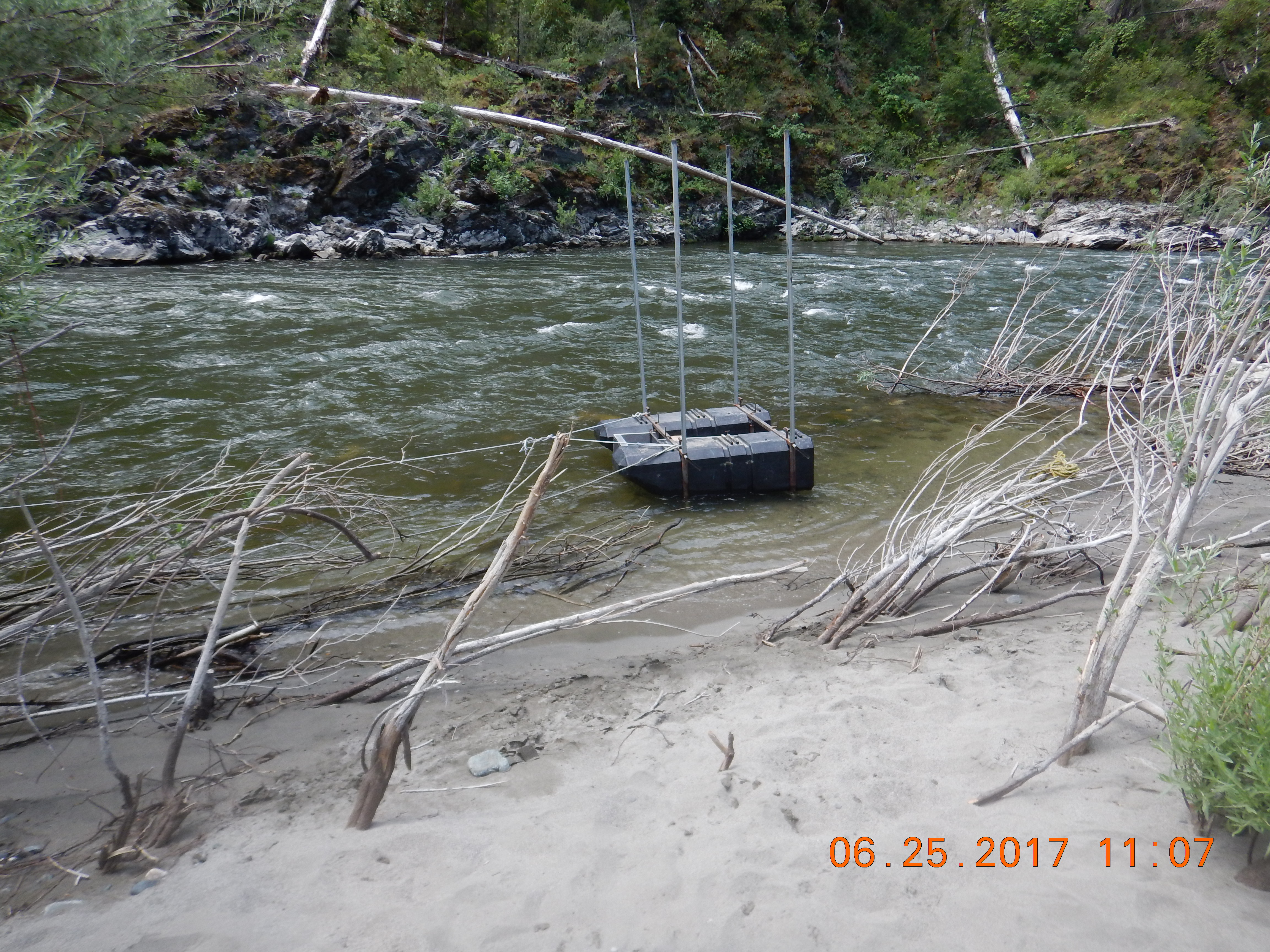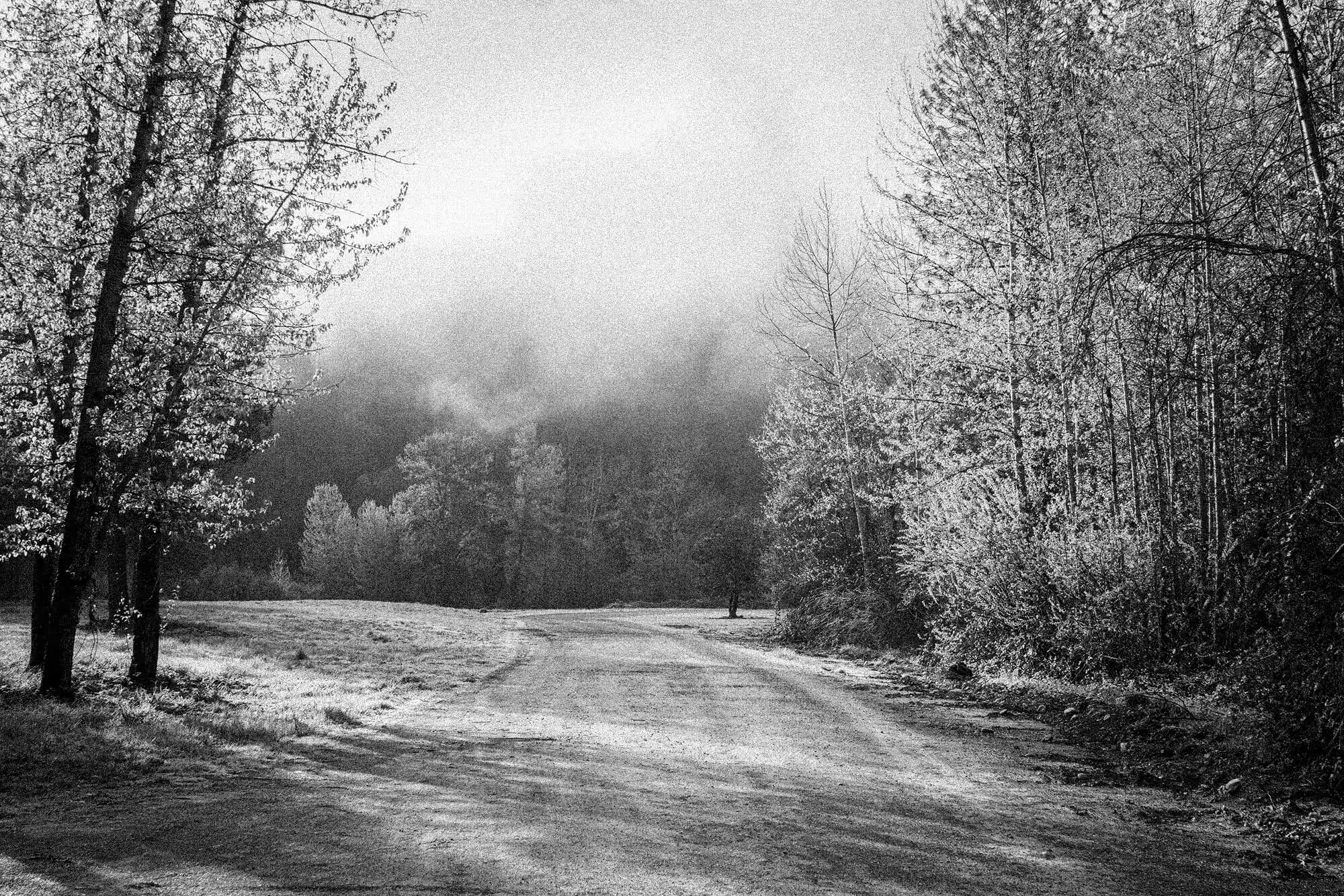Suction Dredging
Suction dredge mining is a mechanized form of gold extraction that vacuums riverbeds and processes sediment through a sluice. While proponents frame it as a low-impact recreational activity and a way to supplement income during high gold prices, the evidence is overwhelming that it poses major threats to rivers, fish, cultural resources, and public health.
Why some support suction dredging (and why they are wrong):
Miners claim dredging provides “easy money” for rural residents. Yet the vast majority of dredging is recreational, not subsistence-based. Studies show that nearly 80% of dredgers are hobbyists, not professional miners.
Perception of harmless fun: Dredgers argue their activities are temporary and leave rivers “better than before.” In reality, dredges re-suspend toxic mercury, destroy fish spawning beds, and erode riverbanks.



History & Background
For decades, the Karuk Tribe and partner organizations have worked to protect the Klamath, Salmon, and Scott Rivers from the destructive impacts of suction dredge mining. This practice, which uses motorized vacuums to extract gold from riverbeds, has been shown to release toxic mercury left over from historic mining, destroy fish spawning habitat, and damage Tribal cultural sites.
Following years of litigation, scientific review, and advocacy, California enacted SB 637 (2015)—a landmark law requiring miners to obtain Clean Water Act permits from the State Water Resources Control Board before any dredging could resume.
The California Supreme Court’s 2016 People v. Rinehart decision affirmed the state’s right to regulate or prohibit dredging to protect water quality, wildlife, and cultural resources.
Despite these hard-won protections, pro-mining groups continue to challenge or exploit loopholes in state law, often under the banner of “recreational mining.” With gold prices climbing and dam removals reshaping the Klamath watershed, the need for renewed vigilance, enforcement, and Tribal leadership has never been greater.
Environmental Harm and Tribal Advocacy:
California Department of Fish & Wildlife permitted suction dredging under outdated rules, even as studies confirmed severe impacts on Coho salmon, mercury levels, and Tribal cultural sites. The Karuk Tribe and allies launched coordinated litigation and public campaigns demanding reform.
Court Action and Flawed Review:
Litigation by Tribes and environmental partners forced a statewide moratorium pending environmental review. DFW’s 2012 Environmental Impact Report acknowledged harm but failed to meet new CEQA and Tribal consultation standards.
Legislative and Judicial Protection:
Passage of SB 637 required Clean Water Act compliance before any dredging permits could be issued. The California Supreme Court’s People v. Rinehart decision affirmed state authority to restrict or ban dredging to protect water quality and fish habitat.
Continuing Moratorium and Loophole Attempts:
The U.S. Supreme Court declined to hear Rinehart, solidifying California’s restrictions. State agencies have not issued new permits, effectively maintaining the moratorium—though recent attempts by pro-mining groups to exploit legal loopholes underscore the need for ongoing vigilance and enforcement.
Current Status
Tucker Clements Case: A Siskiyou County miner, cited for dredging on the Salmon River, had his case dismissed after arguing that dredging by a “partnership” is not prohibited under CA Fish & Game Code §5653. The District Attorney and Court accepted this interpretation in April 2025.
Dam Removal Context:
The removal of four Klamath River dams has altered flows and exposed new riverbeds. While Tribes and conservationists view this as an opportunity for salmon restoration, miners claim it creates “new opportunities” for gold extraction.
Legal Risks Ahead:
The Clements ruling is narrow and fact-specific. It does not negate the state’s regulatory authority under SB 637 and the Clean Water Act. Challenges to dredging in mercury-impaired and salmon-bearing rivers are inevitable. Tribes and allies are preparing to contest the misuse of partnership loopholes.
Key Takeaways:
The Clements case dismissal is not precedent that overturns the statewide moratorium. It reflects a local DA/judge’s narrow interpretation, not a binding ruling.
Miners are exploiting loopholes in definitions of “person,” but state and federal law (SB 637, Clean Water Act) remain clear: dredging without a water quality permit is unlawful.
The threat is intensifying with high gold prices and dam removals, which miners see as “open season.”

Partners & Additional Information.
The Karuk Tribe continues to stand alongside a broad coalition of Tribal, environmental, and scientific partners committed to protecting California’s rivers from suction dredge mining. Key allies include the Yurok Tribe, Hoopa Valley Tribe, California Trout, Western Klamath Restoration Partnership, Humboldt Area Foundation, and numerous local watershed councils and conservation districts.
Together, these partners have contributed legal expertise, water-quality research, and on-the-ground advocacy that have shaped statewide policy and strengthened public awareness. Collaboration with agencies such as the State Water Resources Control Board, California Department of Fish & Wildlife, and the Office of Environmental Health Hazard Assessment (OEHHA) has also been critical in documenting mercury contamination, enforcing existing law, and safeguarding Tribal cultural and subsistence resources.This collective effort reflects a shared commitment: clean water, restored fisheries, and the protection of cultural heritage for generations to come.
Suction Dredge Permitting Program Draft Subsequent Environmental Impact Report (California Department of Fish & Game, February 2011)
Statewide Mercury Control Program for Reservoirs — State Water Board information
This program page includes fact sheets and technical documents showing that at least 131 reservoirs were identified as mercury-impaired as of January 2018; it underscores the scale of mercury contamination in California’s waters and helps illustrate why dredging poses heightened risks in mercury-impacted systems.
News
This section offers timely highlights and short summaries on major developments related to river protection, suction dredge mining, and water policy. Posts appear in a live-feed format—similar to event coverage—but focus on key updates rather than constant news. As issues evolve, older posts will fade or archive, keeping the feed focused on the most relevant and current information available to our community and partners.
Court ruling on dredging legality under “partnership” claim – July 2025

A July 2025 industry newsletter reports that a miner on the Salmon River in Siskiyou County (member of the New 49’er Gold Prospectors Club) had his case dismissed after the court accepted his argument that he was operating under a “partnership” rather than as an individual “person” under California Fish & Game Code §5653. The newsletter presents the outcome as a major win for the dredge-mining industry.
Court ruling on dredging legality under “partnership” claim – July 2025

A July 2025 industry newsletter reports that a miner on the Salmon River in Siskiyou County (member of the New 49’er Gold Prospectors Club) had his case dismissed after the court accepted his argument that he was operating under a “partnership” rather than as an individual “person” under California Fish & Game Code §5653. The newsletter presents the outcome as a major win for the dredge-mining industry.
Illegal dredging operations discovered at several California waterways

In September 2025, the California Department of Fish and Wildlife (CDFW) announced that investigators uncovered multiple unlawful motorized suction-dredge mining operations on the Klamath River, Salmon River and Elk Creek. Five individuals were cited after operations began in August 2024. CDFW cited risks including habitat damage, sediment mobilization, and threats to native species such as the endangered Shasta crayfish.
Illegal dredging operations discovered at several California waterways

In September 2025, the California Department of Fish and Wildlife (CDFW) announced that investigators uncovered multiple unlawful motorized suction-dredge mining operations on the Klamath River, Salmon River and Elk Creek. Five individuals were cited after operations began in August 2024. CDFW cited risks including habitat damage, sediment mobilization, and threats to native species such as the endangered Shasta crayfish.